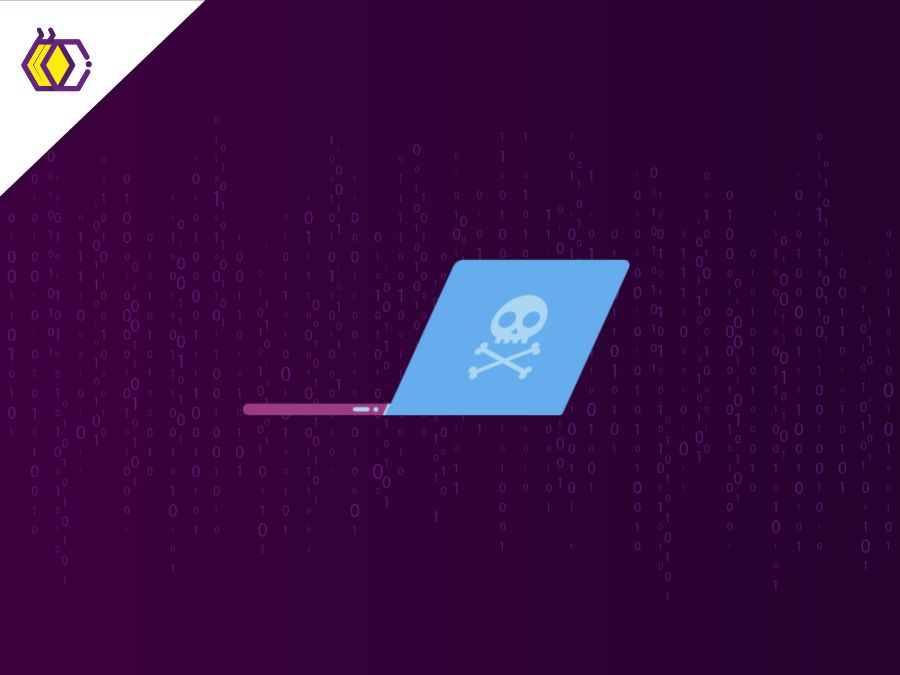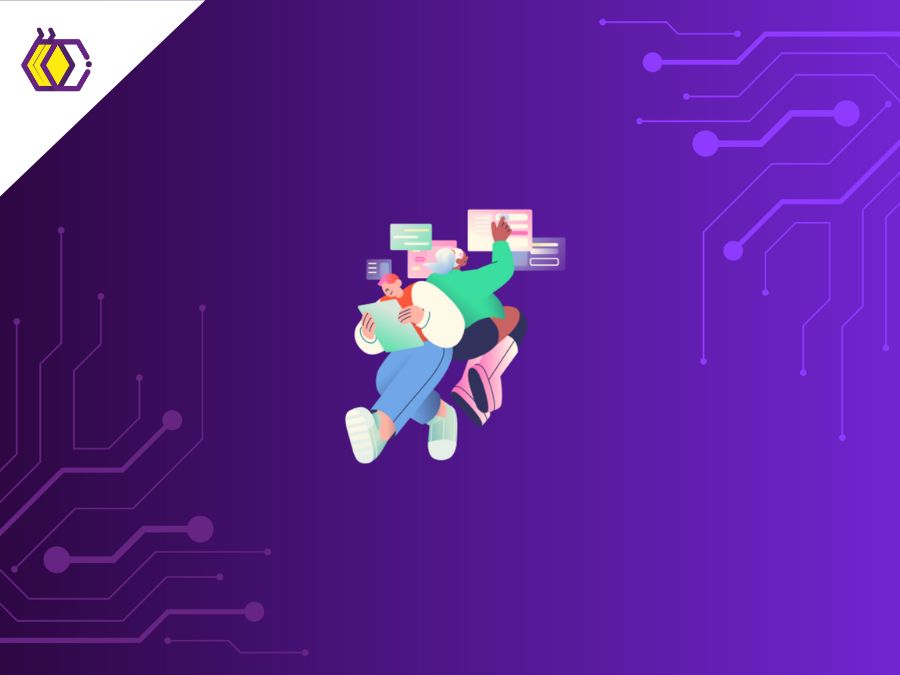
The Impact of Technology on the Professions of the Future
Author: Roberto Wik
(6 minutes of reading time) The increased use of technology in all areas has brought significant impacts on professions. The development of automation enabled by technologies that include robotics solutions such as RPA (Robotic Process Automation), artificial intelligence, virtual reality and machine learning bring the promise of greater productivity, greater efficiency, safety, and convenience. But these technologies also raise difficult questions about the broader impact of automation on jobs, skills, wages, and the very nature of work. Looking back since the 1st industrial revolution and then with the 2nd and 3rd revolutions, we have always seen professions being extinct and new ones being created. The birth of industry, for example, caused great transformations in the world economy, as well as in the human lifestyle, as it has accelerated the production of goods and the exploitation of natural resources. Furthermore, the industrial revolution was responsible for major changes in the production process and in labor relations. As an example, some of the jobs from fifty years ago that "almost" no longer exist in today's world: A) “Log Drivers”: Believe it or not, but there was once a profession that we can translate as “Logwood Drivers”. For decades, the paper industry needed the services of these workers to transport wood across the rivers of the United States and Canada, despite being exploited, as these professionals earned only one dollar per hour of service. Records state that this profession ceased to exist in 1976. B) Carrier Pigeon Trainers: The US Navy, for example, used these animals to carry messages until 1961, in case an attack destroyed any possibility of communication. Because of this, it was necessary to employ trainers so that the animals learned to deliver their messages correctly. The military use of carrier pigeon continued until 1996, when Switzerland, the last country to use it, decided to go away with it. C) Telephone Operator: We know that the telephone was one of mankind's greatest inventions. In the past, when making a call, it was first necessary to contact an operator, who directed the call through a manual switchboard. With the advent of dial phones, the profession eventually became unnecessary, but it continued to exist in some parts of the United States until the 1970s. In the nineties, switchboards went digital, but it goes without saying that soon, workers definitively lost their jobs. D) Elevator Operator: Many jobs have ceased to exist due to advances in technology as stated in the introduction, right? However, let's face it: what need is there for a human being to just push buttons? Anyway, decades ago, it was something some people weren't very familiar with. That's why there were elevator operators: people who pressed elevator buttons. But beyond that, you also had to be friendly, have a smile on your face and even entertain the passengers. It is still possible to find people who work as elevator operators, but deep down, it has become an outdated profession. The main point now is the speed. What in the past took years and even decades, can now happen in a few years, and why not, think about it, in months? While the McKinsey Global Institute estimates that about 50% of current workforce activities can be automated with proven technologies, only 10% of those jobs are automatable at a rate above 90%. And what other professions do we still see today that could also be extinct? Jobs such as bus conductor, gas station attendant, toll booth collector, soccer judge, uber driver, condominium janitor, among others, may run this risk. THE QUESTION IS: WHAT ARE THE PROFESSIONS OF THE FUTURE AND WHAT IS THE FUTURE OF WORK? And why is this question now taking center stage if professions have always changed? Simply because the speed of learning change is so great that technical skills have a short shelf life. Now we move to the Lifelong Learning model – the concept of learning for a lifetime (kind of continuing education), without the use of a formal educational institution – that is, learning forever. The model of study in school up to the early twenties, eventually complemented by a postgraduate degree or an MBA, may be falling apart. The professional of the future will have five or more careers in his lifetime. And there will be an increase in inequality between skilled and unskilled people. According to the American writer and futurist Alvin Toffler, who died in 2016, the 21st century illiterate is not someone who cannot read or write, but rather someone who does not know how to learn, unlearn, and relearn. In other words, we will need to learn to let go of outdated knowledge and start learning new topics, especially about new technologies. New technologies have the potential to change much of what we know about how and what or what people work with. A study by Cognizant, a multinational technology consultancy, points out promising professions seeking to identify and analyze the main trends in the labor market in response to the emergence of new technologies and new business practices in the future of professions, for the next five to ten years. Among the professions of the future evaluated by the study, we can mention the following: A) Data detective: investigates the mysteries of big data, what the data is telling us and what secrets it contains; B) Walker - talker: connects seniors with conversation partners in the comfort of their own home and, for the one with great mobility, a person to walk and talk; C) Man/Machine team manager: human-machine collaboration is the new workforce and will become a reality, and this occupation will identify tasks, processes, systems, and experiences that can be improved with technology. The study of the professions of the future is based on the main macroeconomic, political, demographic, social, cultural, business, and technological trends observable today.
To thrive in an ever-changing world, companies must redesign their work and support their employees in ways that enable them to meet the challenges ahead. With so many fast and significant changes, it's important to always be ready to invest in updates. Constant learning is what can make a professional not feel drastically the changes that the job market has been going through and, therefore, can always remain attractive to the employer. This sentence by writer Gutto Carrer Lima sums up well what is already happening and what is yet to come: “Obsolescence. I think I need to reinvent myself. Again." References: - Technology, jobs, and the future of work – McKinsey Global Institute - 21 Jobs of the Future – Cognizant - Humans and Technology: The future of work is uniquely human - MIT Technology Review in association with Deloitte

Author: Roberto Wik is a business executive, a management, digital transformation and technology consultant, entrepreneur and investor. (linkedin.com/in/roberto-wik)
Share this article on your social networks:
Rate this article:
Other articles you might be interested in reading
- All (185)
- Career (38)
- Competitions (6)
- Design (7)
- Development (112)
- Diversity and Inclusion (3)
- Events (3)
- History (15)
- Industries (6)
- Innovation (38)
- Leadership (8)
- Projects (23)
- Well being (18)

Cloud Computing and Digital Transformation and Social Impact
(5 minutes of reading)
In recent years, we have witnessed a quiet revolution that is fundamentally reshaping the way we live and work. At the center of this transformation is cloud computing, a technological innovation that transcends physical limits and opens up new horizons of possibilities. This text will talk about this subject that is transforming the IT area. Come read!...

Tech in Education
(9 minutes of reading)
In the contemporary educational landscape, technology plays an increasingly crucial role, revolutionizing not only the way students learn, but also how educators teach. As we adapt to a digitally connected world, new trends are emerging that promise to further transform the way education is designed and delivered. Come read this text to learn about the latest trends in educational technology and explore their impact on student development and the evolution of teaching. Come with us!...

Ethical Software Development
(5 minutes of reading)
Developing software is a complex activity that goes far beyond simple coding. It involves a meticulous process of planning, design, implementation, testing and maintenance to create reliable, efficient, and secure systems. However, in addition to seeking functionality and performance, developers must also carefully consider the ethical aspects of the software they are creating. In this text we will talk about ethics and responsibility when developing software. Come read!...

Balance Between Professional and Personal Growth
(6 minutes of reading)
In a world driven by the constant search for professional success, we often find ourselves immersed in our careers, forgetting the fundamental balance between professional and personal growth. As we dedicate hours to coding, solving problems, and advancing our technical skills, it's essential to remember that our journey as human beings go beyond the lines of code. Come read our text and see super cool tips on how to achieve this balance!...

How to Highlight Programming Competition Awards on your CV
(6 minutes of reading)
In a field as dynamic as software development, it is crucial to stand out from the crowd. An exceptional way to do this is through recognition and awards won in competitive programming competitions. In addition to demonstrating your superior technical skills, these awards attest to your ability to solve complex problems, collaborate as a team, and deliver exceptional results under pressure. Today we will talk about the curriculum and competitions, are you interested? Come with us!...

Open Source and Collaboration
(5 minutes of reading)
If you're ready to start exploring the world of open source, be aware that you will encounter many learning opportunities and challenges. Collaboration is at the heart of this environment, driving innovation and influencing the direction of technology. Come read our text to find out more about this subject!...


 Innovation
Innovation 

